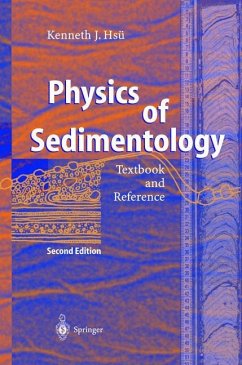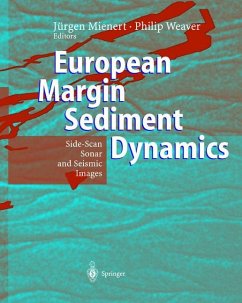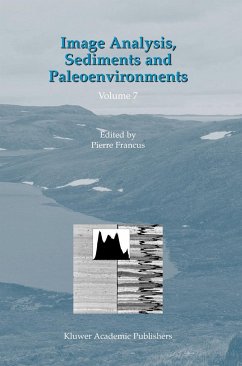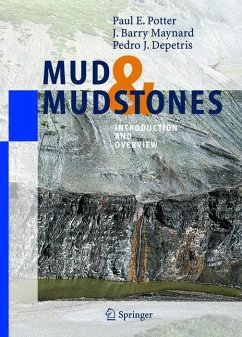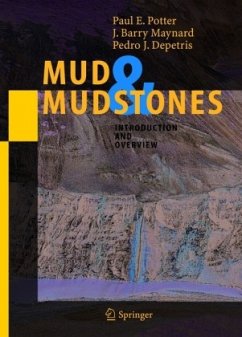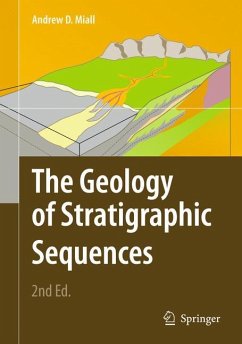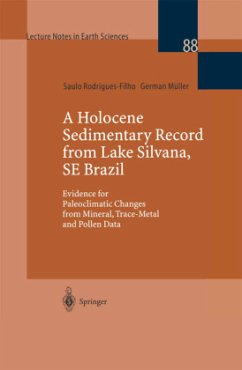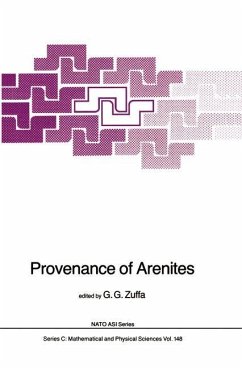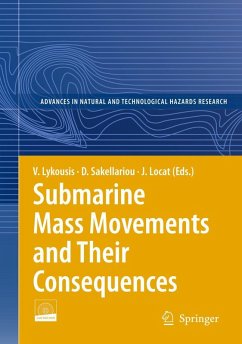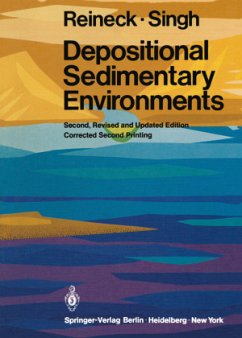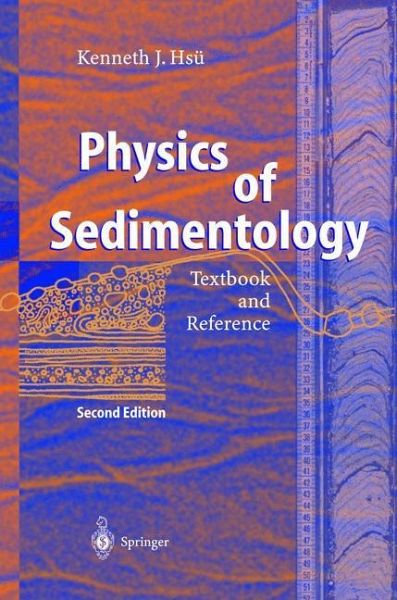
Physics of Sedimentology
Textbook and Reference
Versandkostenfrei!
Versandfertig in 6-10 Tagen
47,99 €
inkl. MwSt.
Weitere Ausgaben:

PAYBACK Punkte
24 °P sammeln!
Physics of Sedimentology explains sedimentological processes via the fundamental physics that underlies the actual mechanisms involved. The applicability of fundamental principles, such as Newton's Three Laws of Motion, the Law of Conservation of Energy, the First and Second Laws of Thermodynamics, and of other physical relations in hydraulics and groundwater hydrology is illustrated by discussions of natural processes which form sediments and sedimentary rocks. The author's educational background as a major in physics and geology, and his 40-years' experience in teaching and research have ena...
Physics of Sedimentology explains sedimentological processes via the fundamental physics that underlies the actual mechanisms involved. The applicability of fundamental principles, such as Newton's Three Laws of Motion, the Law of Conservation of Energy, the First and Second Laws of Thermodynamics, and of other physical relations in hydraulics and groundwater hydrology is illustrated by discussions of natural processes which form sediments and sedimentary rocks. The author's educational background as a major in physics and geology, and his 40-years' experience in teaching and research have enabled him to bring together physics and geology in this enjoyable and highly readable book. In this second edition several chapters have been updated and amended to reflect progress in the field.




